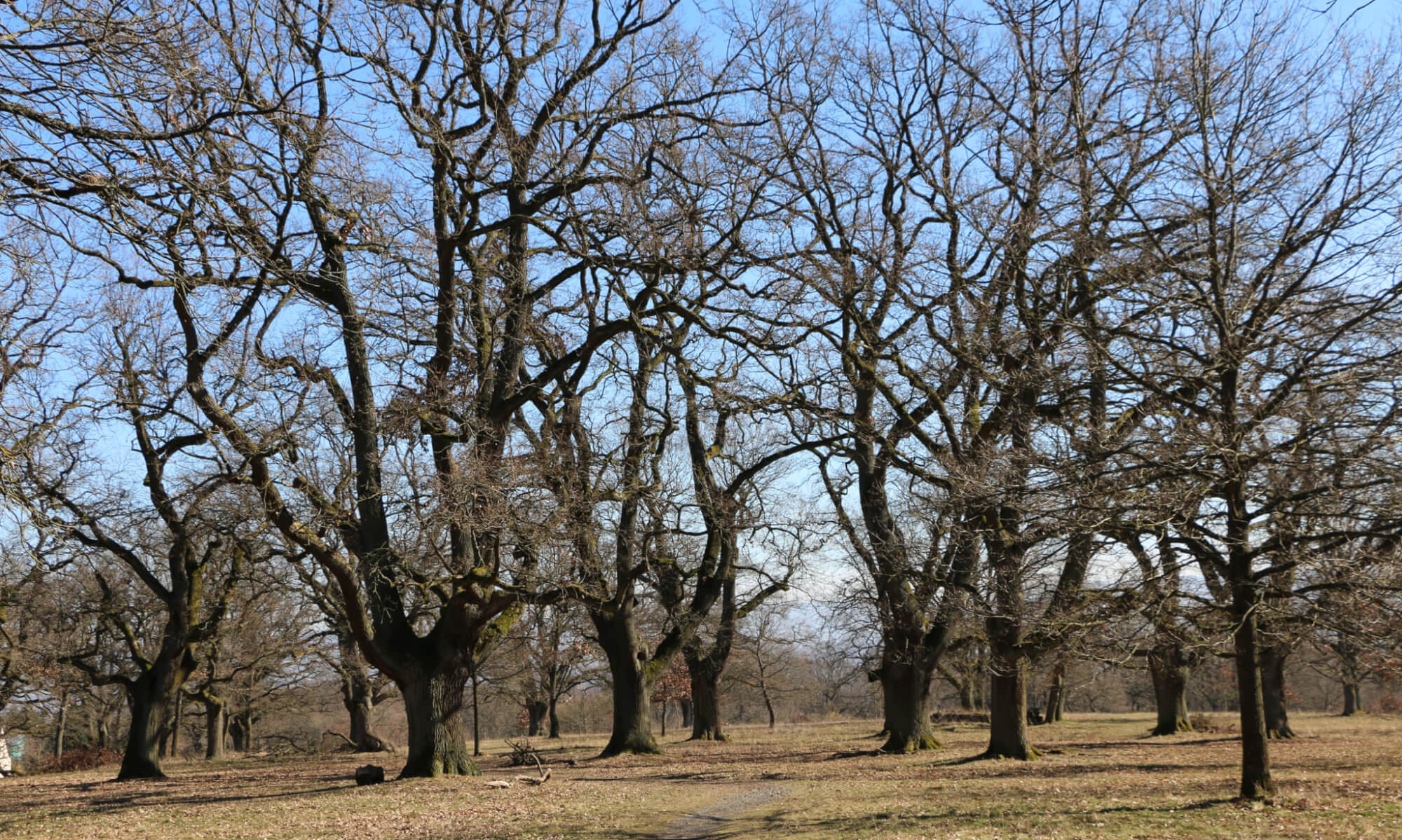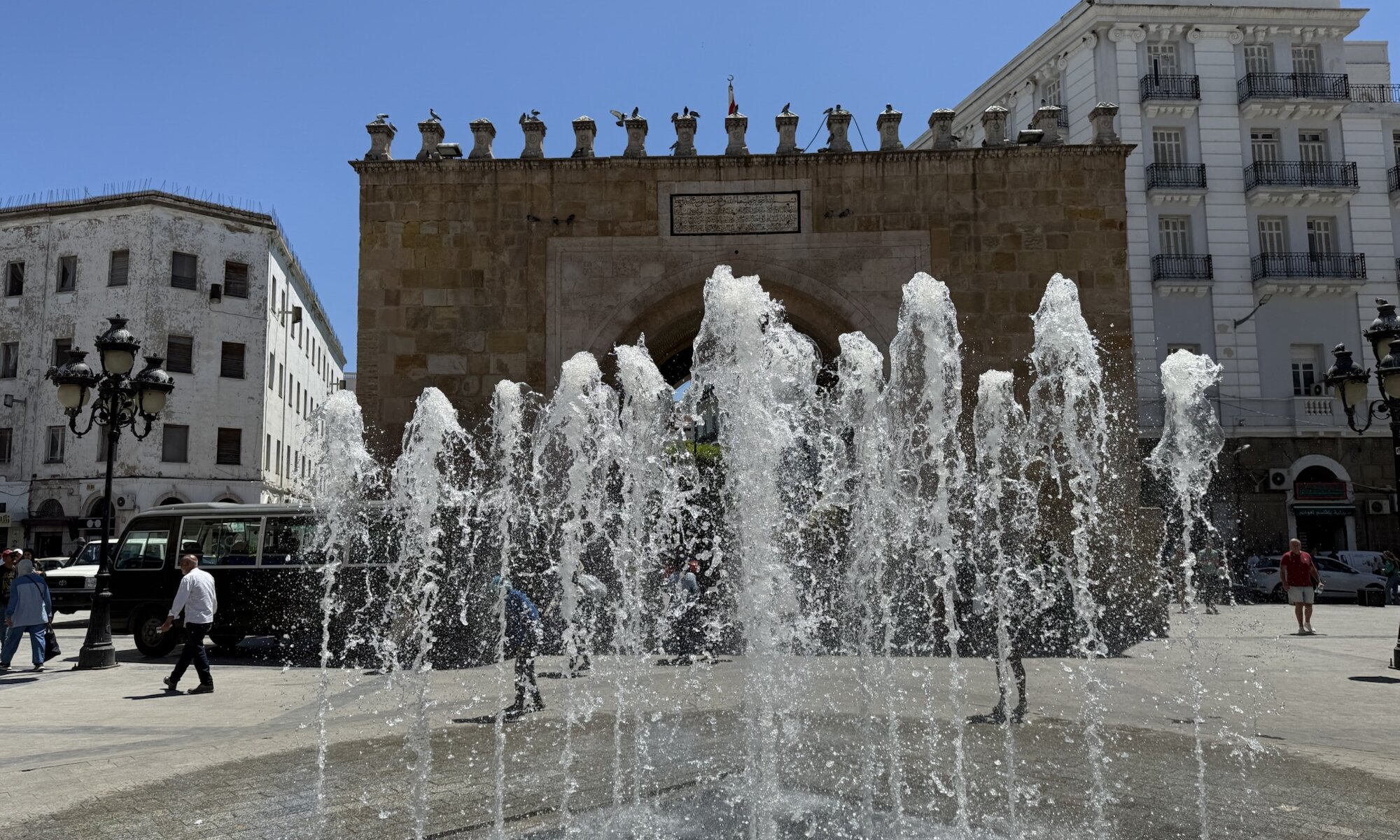The Medina of تونس is a remarkable historic quarter that dates back to the 7th century and flourished notably between the 12th and 16th centuries under the Almohad and Hafsid dynasties. This period marked Tunis as one of the wealthiest and most important cities in the Islamic world, reflected in the dense concentration of around 700 monuments including palaces, mosques, mausoleums, madrasas, and fountains. The Medina’s urban fabric beautifully showcases the interaction of architecture, culture, and socio-economic changes over centuries, making it a living museum of Arab-Muslim heritage.
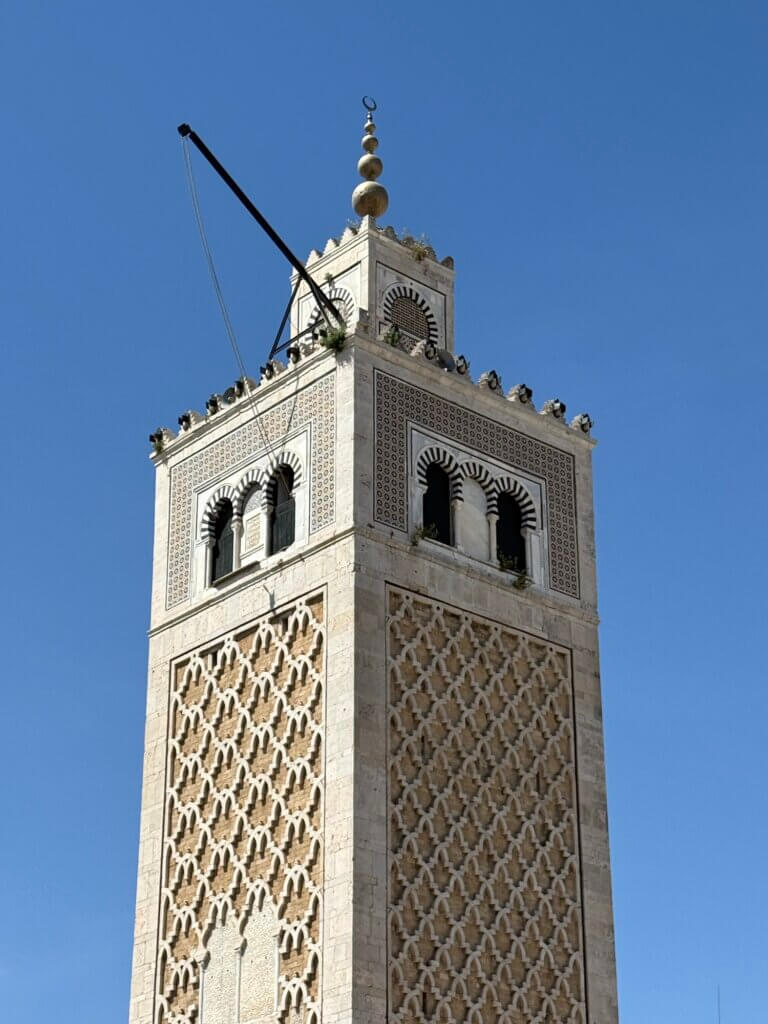
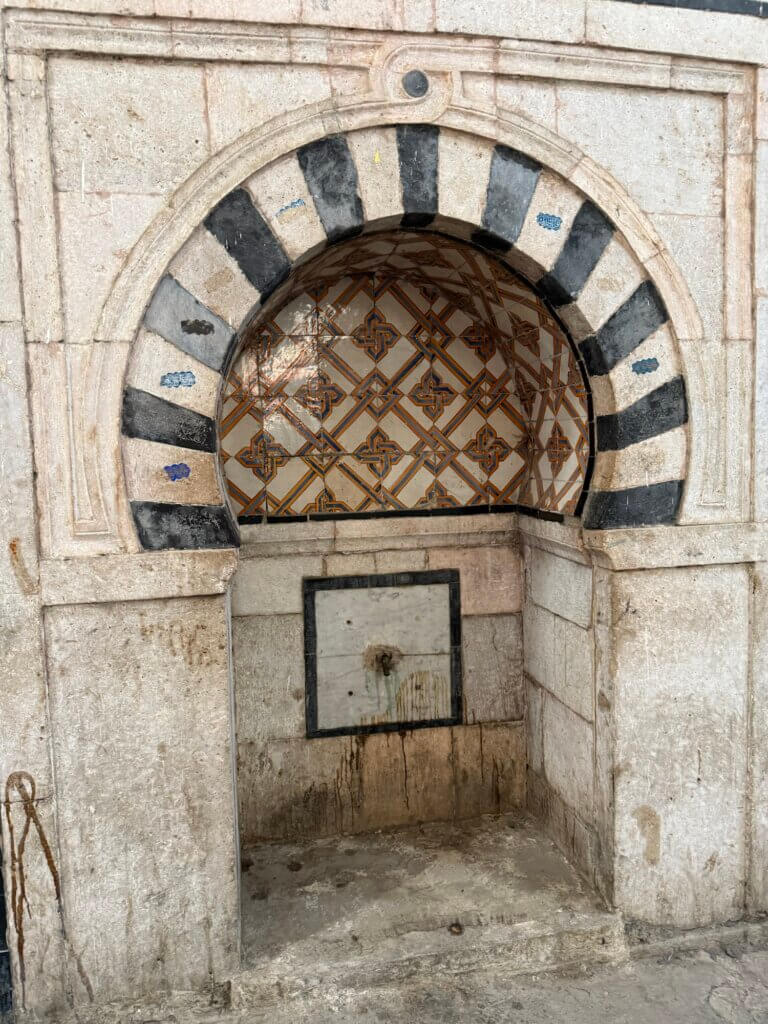
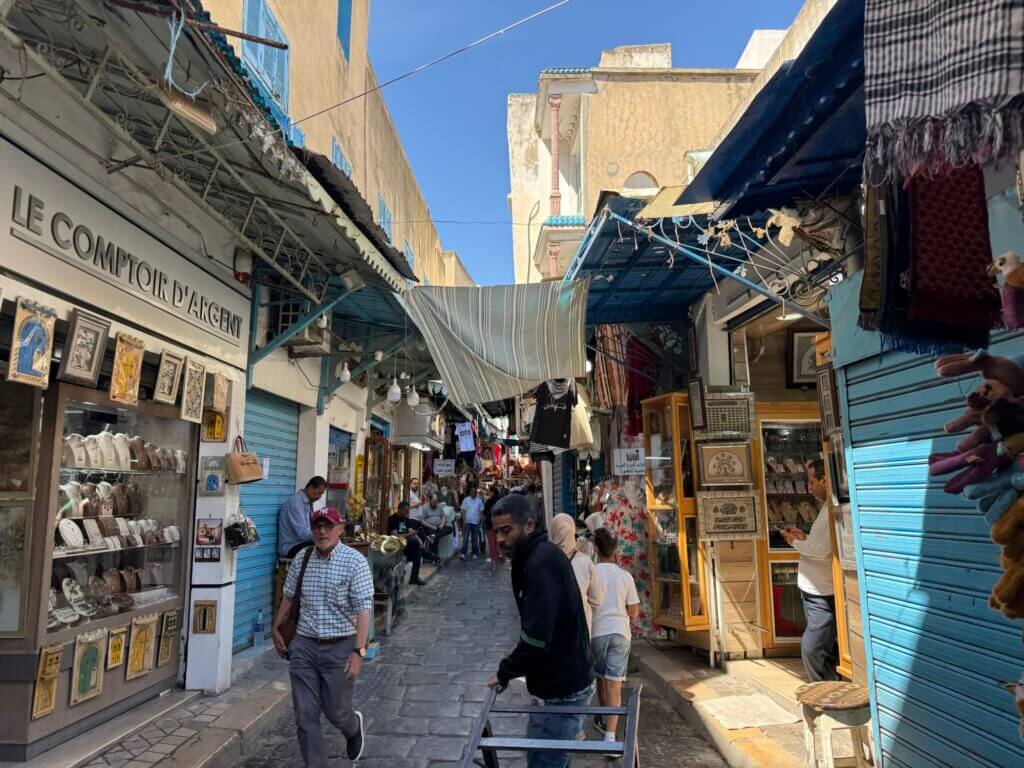
One of the most iconic landmarks within the Medina is the Mosquée Zitouna, the spiritual and architectural heart of the city, dating back to the 8th century. Its intricate design and towering minaret symbolize the religious and educational significance of the site. Nearby, the Mosquée de la Kasbah and the Mosquée Youssef Dey also stand out for their historical and architectural value. The Medina’s gates, such as Bab Jedid and Bab Bhar, serve as grand entrances that hint at the city’s rich past and its strategic importance.
Palatial residences like Dar Hussein and Dar Lasram offer a glimpse into the opulent lifestyle of Tunisian nobility, with Dar Hussein now housing the National Heritage Institute. The Tourbet El Bey, a mausoleum of the Husainid dynasty, is notable for its exquisite tile work and carvings, providing insight into the funerary traditions and artistry of the period. The bustling souks, such as Souq el-Attarine and Souqs ech-Chaouachia, are vibrant centers of commerce where visitors can experience traditional crafts, spices, and textiles, preserving the Medina’s role as a commercial hub.
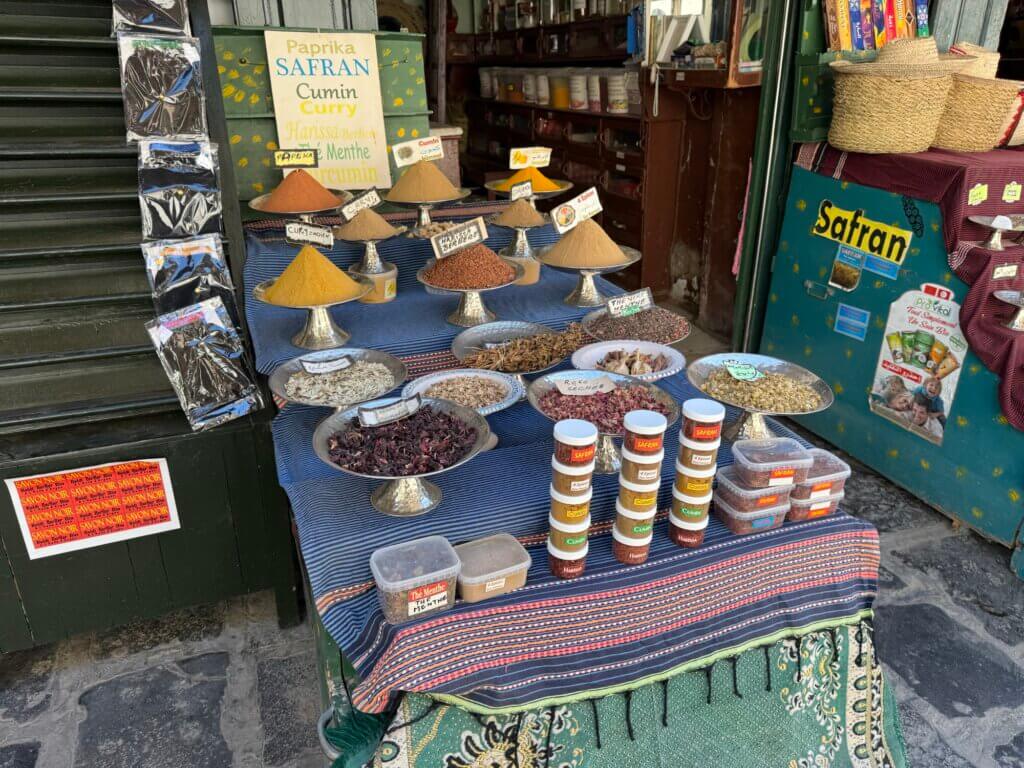
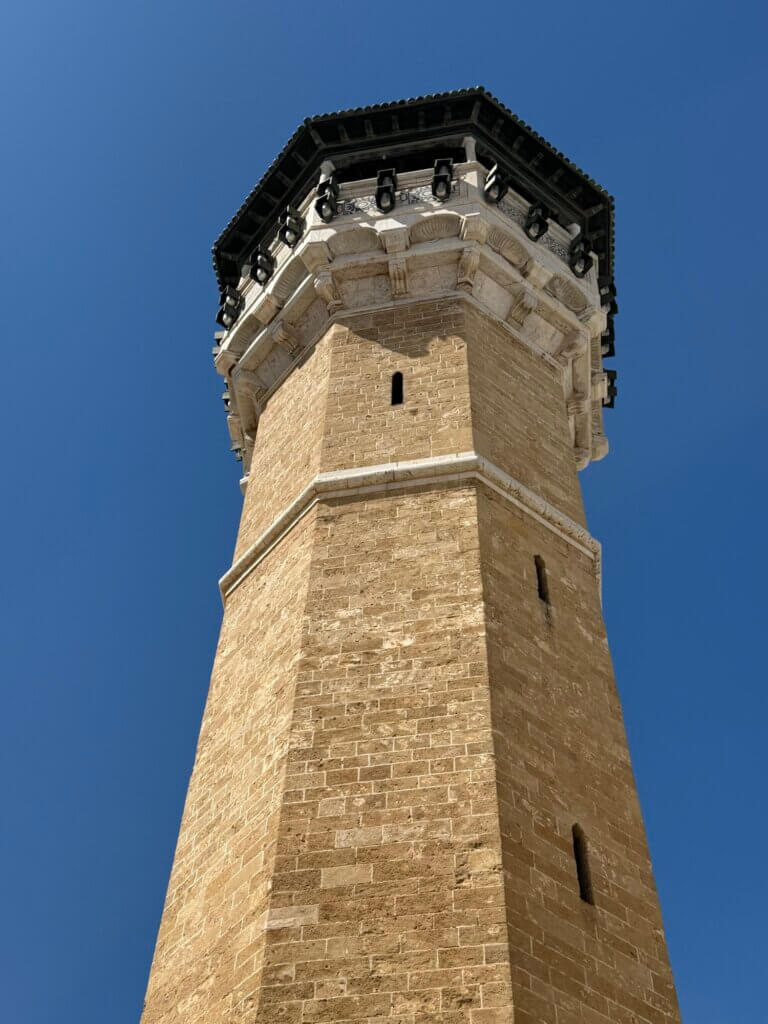
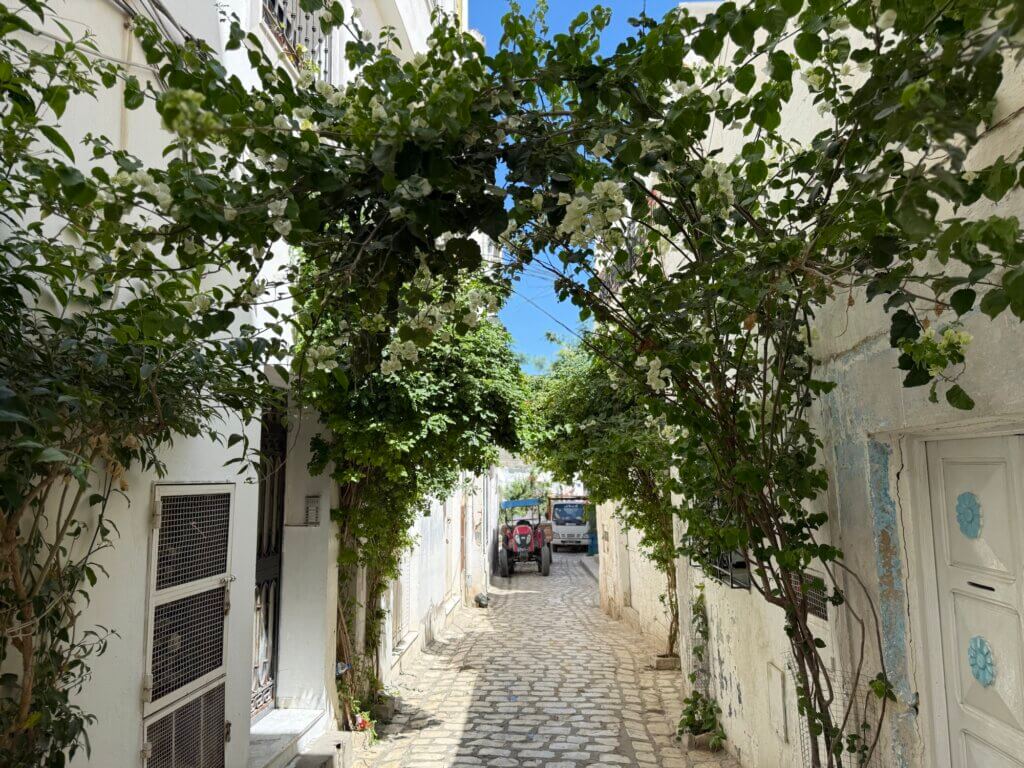
For travelers interested in cultural immersion, the Medina offers more than just architecture. Traditional hammams provide a chance to experience local customs of relaxation and socializing. The Medina is also renowned for its culinary delights, including brik pastries, couscous, and mint tea served in atmospheric cafes. Walking through the narrow streets, visitors are enveloped in a sensory journey through Tunisia’s history, culture, and daily life, making the Medina of Tunis an essential destination for anyone fascinated by history and heritage. In contrast to the medinas of Morocco I experienced this one as not too big, but also not filled with too many sights. I didn’t get lost and walking through the streets was a real pleasure. On the other hand, all mosques and medersas could not be visited. If you want to explore the Medina, I really recommend getting a local guide.
Medina
تونس
Tunisia
Loading map...

